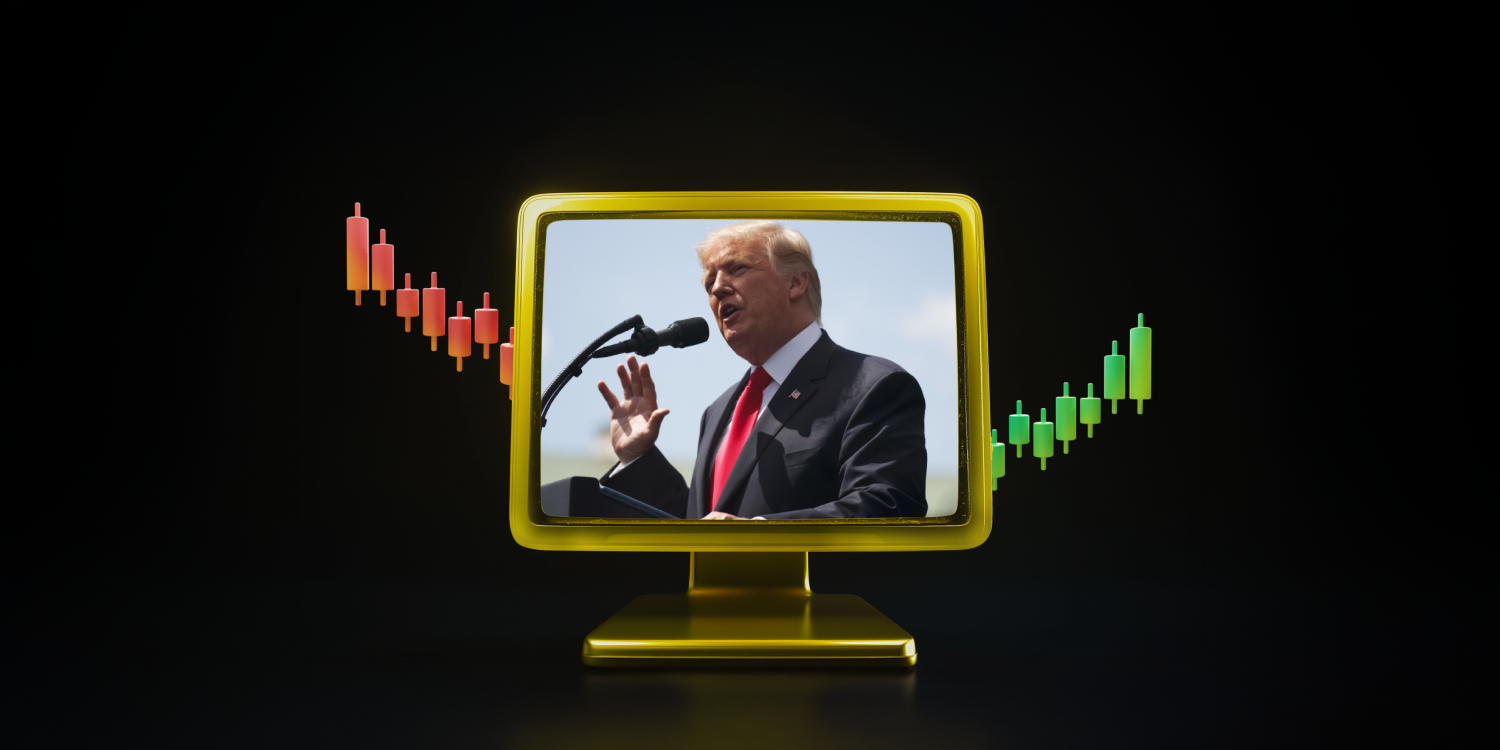Introduction
As of 2025, the new tariffs imposed by US President Donald Trump have caused significant fluctuations in the global economy and rekindled trade wars. These tariffs, especially on China and other major trading partners, have changed international trade dynamics and had various impacts on the US economy. In this article, the damage caused by Trump’s tariffs in 2025 on the global economy and the effects of the possible trade recession on the US economy will be analyzed in detail.
Trump’s 2025 Tariffs and Global Trade Wars
President Trump raised tariffs on imports from China by up to 145% in 2025. This increase built on the tariffs of Trump’s first term and increased trade tensions between China and the US. China retaliated by imposing 125% tariffs on US imports. These reciprocal tariffs have severely affected the trade volume between the two countries, which is about $582 billion.
Moreover, the Trump administration imposed an additional 25% tariff on goods imported from Canada and Mexico. Since the economies of these countries rely heavily on trade, these tariffs have had a negative impact on their economic growth.
Global Economic Disruption
Trump’s tariffs have had far-reaching effects on the global economy. International credit rating agency Fitch Ratings noted that the new US tariff hikes and trade tensions could have a negative impact on port activity, especially in Europe and the Middle East. This has exacerbated growth challenges in export-oriented economies.
Higher customs tariffs have led to a contraction in global trade volume and disruptions in supply chains. Developing countries have been particularly hard hit and their economic growth has slowed. The United Nations Conference on Trade and Development (UNCTAD) has stated that the impact of such tariffs on developing countries could be “catastrophic”.
Possible Trade Recession Impacts on the US Economy
Trump’s tariffs have also had various negative impacts on the US economy. These include.
- Increase in Consumer Prices and Inflationary Pressures
High tariffs on imported goods led to higher consumer prices. Basic consumer goods such as electronics, automobiles and food have seen price increases, reducing household purchasing power. Economists believe that this may increase inflationary pressures and affect the Federal Reserve’s interest rate policies.
- Loss of Income in Agriculture and Export Sectors
China’s retaliatory 125% tariffs had a negative impact on US agricultural exports. Exports of agricultural products such as soybeans, corn and meat products to China have declined, resulting in lower incomes for farmers. These losses in the agricultural sector have also had negative impacts on rural economies.
- Impacts on Employment and Production
The increase in customs tariffs raised production costs and led to layoffs in some sectors. Companies, especially those operating in export-oriented sectors, cut production in response to reduced demand, leading to a decline in employment. Economists predict that this could increase unemployment rates and slow economic growth.
- Financial Markets and Investor Confidence
The uncertainty created by the trade wars caused fluctuations in financial markets. Volatility increased in the US stock markets and investor confidence was shaken. This contributed to companies postponing investment decisions and slowing economic growth.
- Depreciation of the US Dollar
Tariffs and trade tensions caused the US dollar to depreciate against other currencies. This further increased import costs and exacerbated inflationary pressures. Moreover, the weakening of the dollar has also weakened the Unityed States’ global economic leadership.
Conclusion
The new tariffs imposed by US President Trump in 2025 not only targeted major trading partners such as China, but also strained relations with Canada, Mexico, the European Union and Southeast Asian countries. While the main objective of these policies was to protect American industry against foreign competition, boost domestic production and close the trade deficit, the results have triggered multifaceted risks both in the US domestic economy and in the global system.
The uncertainty created by the trade wars has directly affected not only economic indicators but also political and diplomatic relations. As the US has moved away from its traditionally free trade approach and adopted a more aggressive and inward-looking position, its global leadership role has come into question and emerging actors such as China and India have gained more space. This situation points to a relative decline in the geopolitical and economic influence of the US.
In the case of the US economy, although these policies have had positive effects in some sectors (especially in low-tech production areas) in the short term, the overall picture reflects the long-term negativity more clearly. Inflationary pressures have intensified due to higher import prices, consumers’ purchasing power has declined, companies’ investment plans have been postponed, and especially agriculture, automotive and high-tech sectors have faced export losses.
Losses in the agricultural sector have led to declining incomes in rural economies and increased dependence on government subsidies. High-tech companies are struggling with rising costs and slowing innovation processes due to the breakdown of global supply chains. At the same time, China’s retaliatory moves and other countries’ pursuit of alternative trade partnerships could undermine the US position in international markets.
In the long run, such unilateral tariffs may lead to more complex problems rather than solving the structural challenges of the US economy. For America to remain globally competitive with an economic model based on high technology, innovation and education, it needs not only protectionist measures, but also strategic trade partnerships and multilateral agreements.
Disclaimer
This content is for informational purposes only and does not constitute investment advice. All investment decisions are your own responsibility.




